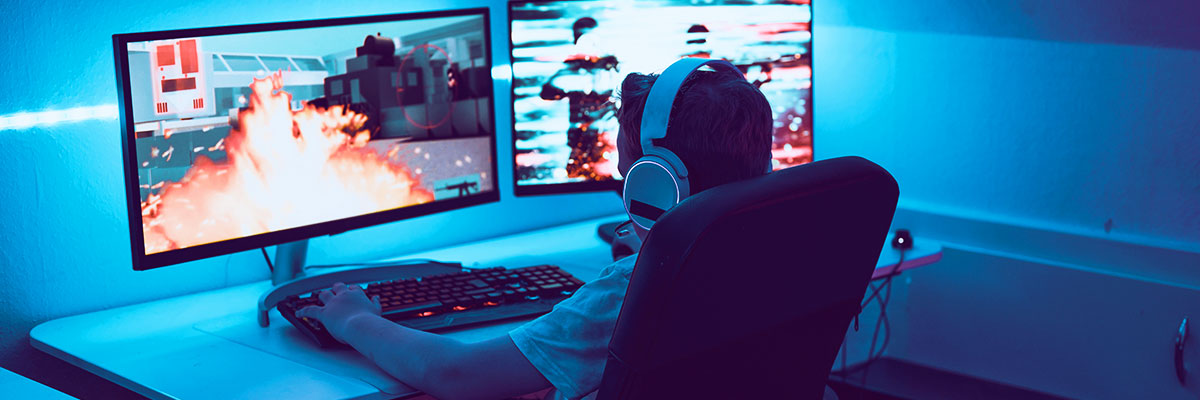COMPUTING
What To Consider When Buying A Motherboard

The motherboard is arguably a PC’s most important component, nothing else works without it and it decides what upgrades you can make in the future. Here is what you need to consider before you buy.
Form Factor
Initially you’ll need to select a form factor. ATX motherboards are common, as is micro ATX (although these are smaller in size and reduce the number of expansions slots). When you’re buying a new motherboard and not sure what size will fit, you can always measure your old motherboard and compare it with different sizes. The ATX board is popular, as it has the addition of more expansion slots, which can be useful.
Processor Socket
After choosing a form factor you’ll need to choose a processor socket. There has been different types of sockets used in the past however three are only applicable today. These are LGA, PGA and BGA. Intel uses LGA, whilst AMD use PGA. BGA sockets aren’t as popular as the latter because these are permanently bonded to the motherboard so they cannot be serviced or upgraded. Depending what type of socket you have on your motherboard, it will determine what processor you can buy. So this you will probably need to consider what CPU you want first, then buy your motherboard.
RAM (Random Access Memory)
Next up, RAM, short for Random Access Memory. Fundamentally the motherboard you buy will determine the amount and type of RAM you can have. Therefore it’s worth being mindful of this before making a decision buying a motherboard. Consequently, we would recommend choosing a motherboard that can accommodate at least 16 GB, even though if you don’t plan to buy that much initially, you have the option to use this memory later. In addition, look for a board that offers 4 or more memory slots. This means you can install 2 RAM modules to begin and you will have spare room for memory upgrades in future.
PCI Slots
A PCI slot is a connection or port that is located on the motherboard. They have been the standard type of expansions slot for years and they allow expansion cards to be connected. Depending on how you plan to use your computer, you’ll need to consider if your motherboard has the slots to suit your requirements. If you’re a gamer, you’ll want to have at least one full speed PCI express x16 slot and you’ll need multiple of those, if you want to connect multiple cards. Motherboards also offer standard PCI slots and smaller PCI express slots for other cards, like sound cards, Wi-Fi adaptors and other connectivity expansions.
Features
If you buy a motherboard with features already built in, you don’t have to worry about buying additional expansion cards. A more common feature which is usual included on the majority of motherboards is on-board audio. However this is usually only suitable for mid-range speakers. It is worth noting that better motherboards often bundle Wi-Fi and Bluetooth features as well, but you’ll have to spend more cash for these features. Nevertheless they will reduce the need for expansion cards.
SATA
When considering buying a motherboard you may to need consider the number of SATA ports you’ll need. Each SATA port allows you to connect an optical drive and storage drives, like a SSD or HDD. So it’s important to make sure your motherboard has all the SATA ports you need for all of your drives. It is also worth noting that you need to make sure your motherboard offers the SATA 6 gigabytes standard, which is also known as SATA 3.0. Furthermore, you might need to consider peripheral connections, for example a USB 3.0.
Why not take a look at our full range of motherboards here.
